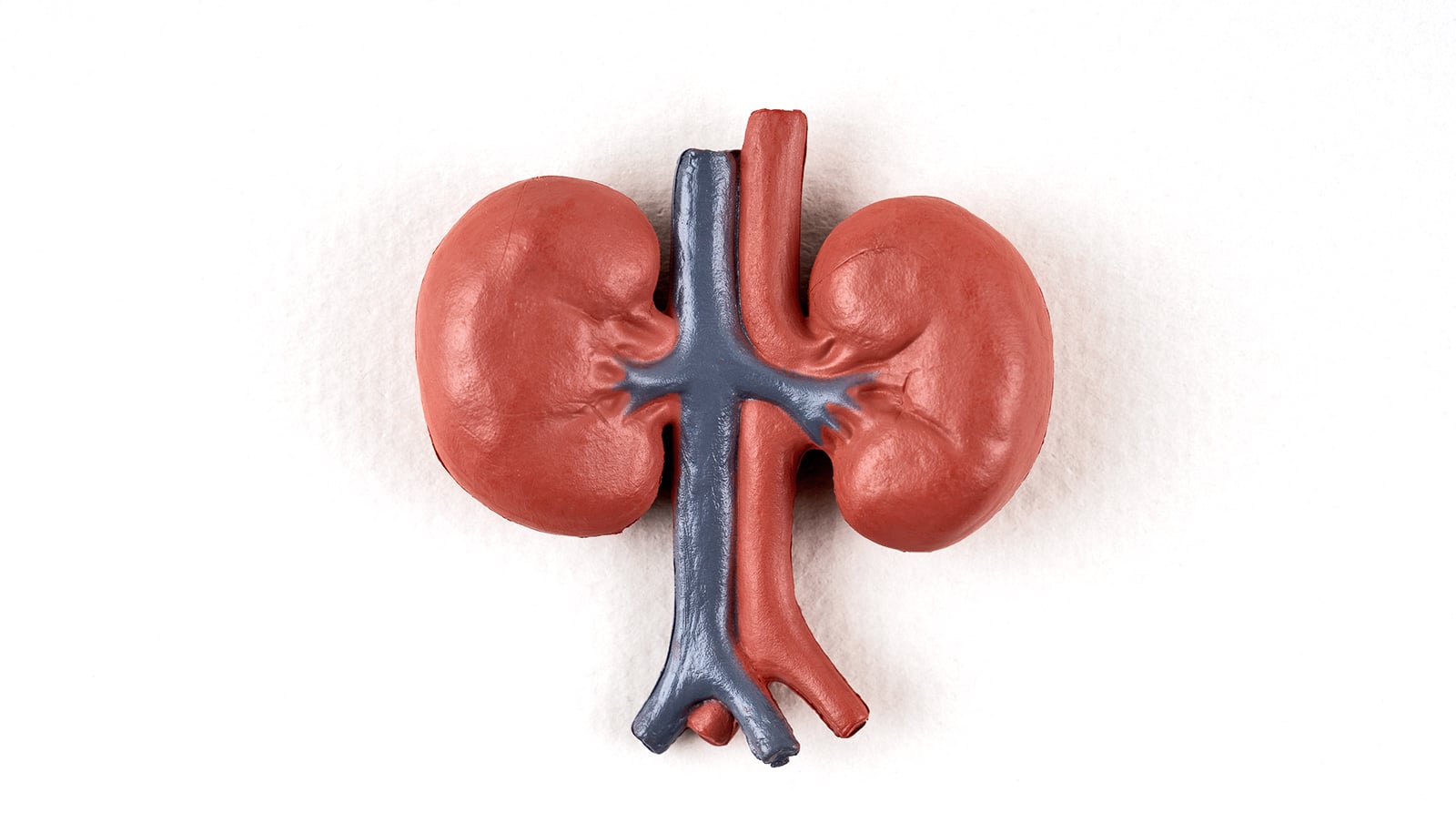KING’S COLLEGE LONDON (UK) — People with a certain kind of kidney disease have characteristic facial features that may reflect the genetic mutation they carry.
Autosomal Dominant Polycystic Kidney Disease (ADPKD) is the most common genetic kidney disorder. In the UK, it accounts for around 1 in 10 people on dialysis and 1 in 8 of those with a kidney transplant. About 64-85 percent of ADPKD families have mutations in the PKD1 gene and about 15-36 percent have mutations in the related PKD2 gene.
Mice with mutations in these genes show similar kidney disease to humans. Researchers recently identified specific facial and dental abnormalities in PKD2 mutant mice that develop after birth and correlate with the function of PKD2 as a mechanoreceptor, influencing the structure of the face by influencing jaw strength and other features.
[sources]
To the naked eye, patients with ADPKD are not known to have any characteristic facial or dental features. To test whether there was any relationship in humans with these mutations, 3D facial shape analysis was carried out on a small group of patients (11 female, 8 male, mean age 48 years). None of the patients had yet reached the stage where dialysis or a kidney transplant was necessary.
“Surprisingly this analysis revealed specific characteristics of ADPKD patient faces, some of which correlated with those of the mutant mice,” says Paul Sharpe, professor of craniofacial biology at King’s College London and author of a paper in the journal Human Molecular Genetics.
Patients with ADPKD had a slight vertical lengthening of their faces, slightly longer noses, and less symmetrical faces.
“Our results suggest that PKD2 mutations are thus not only responsible for kidney disease but also craniofacial anomalies in mice and characteristic human features,” he says.
The complexity of the human face means that a very wide variety of molecular processes are involved in its development. Defects in such processes that are manifested as a specific disease such as ADPKD are also likely to have effects on facial development.
Such effects may not always be obvious but the use of 3D shape analysis can reveal subtle characteristics that can correlate with disease phenotypes, Sharpe says. “To what extent analysis of facial features can be used to diagnose disease is an intriguing question that requires further investigation.”
Source: King’s College London



